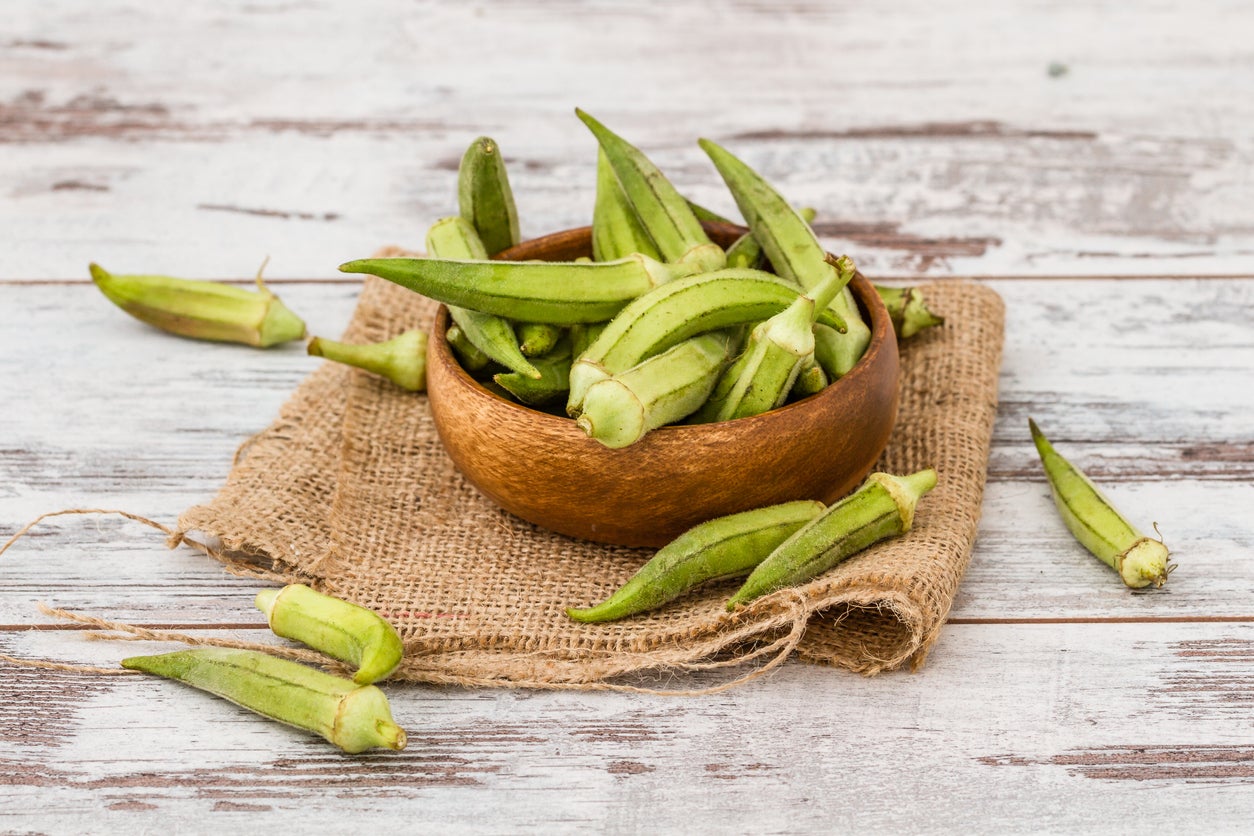How To Eat Seed Pods – Growing Seed Pods You Can Eat

Some of the vegetables that you eat most often are edible seed pods. Take snap peas or okra, for instance. Other vegetables have seed pods you can eat as well, but the less adventurous may never have tried them. Eating seed pods seems to be one of those overlooked and underappreciated delicacies that past generations ate with no more thought than you would give to munching on a carrot. Now it’s your turn to learn how to eat seed pods.
How to Eat Seed Pods
Legumes are the most common seed pods you can eat. Others, like Kentucky coffeetree, have pods that are dried, crushed, and then blended into ice cream and pastries as a flavor enhancer. Who knew?
Maple trees have little “helicopter” edible seed pods that can be roasted or eaten raw.
When radishes are allowed to bolt, they produce edible seed pods that mimic in flavor to that of the type of radish. They are good fresh but especially when pickled.
Mesquite is prized for flavoring barbeque sauce but the immature green pods are soft and can be cooked just like string beans, or dry mature pods can be ground into flour. Native Americans used to use this flour to make cakes that were a food staple on long journeys.
The pods of Palo Verde trees are seed pods you can eat as are the seeds inside. The green seeds are much like edamame or peas.
A lesser known member of the Legume family, catclaw acacia is named for its claw-like thorns. While the mature seeds contain toxin that can sicken a person, immature pods can be ground and cooked into a mush or made into cakes.
Gardening tips, videos, info and more delivered right to your inbox!
Sign up for the Gardening Know How newsletter today and receive a free copy of our e-book "How to Grow Delicious Tomatoes".
Edible Seeds of Pod Bearing Plants
Other pod bearing plants are utilized for the seed alone; the pod is discarded much like an English pea pod.
Desert ironwood is native to the Sonoran Desert and eating seed pods from this plant was an important food source. The fresh seeds taste much like peanuts (another food staple in a pod) and were either roasted or dried. Roasted seeds were used as a coffee substitute and dried seeds were ground and made into a bread-like loaf.
Tepary beans are climbing annuals like pole beans. The beans are shelled, dried, and then cooked in water. The seeds come in brown, white, black, and speckled with each color having a bit of a different flavor. These beans are especially drought and heat tolerant.

Amy Grant has been gardening for 30 years and writing for 15. A professional chef and caterer, Amy's area of expertise is culinary gardening.
-
 Moody Blooms For Spring: 8 Types Of Black Flowers To Add Drama To Spring Displays
Moody Blooms For Spring: 8 Types Of Black Flowers To Add Drama To Spring DisplaysFrom midnight burgundies to inky violets, several types of black flowers can enrich and embolden a spring display. Try these brooding bloomers for a moody garden
By Tonya Barnett
-
 My Homemade Orchid Fertilizer Always Brings More Blooms – Here's The Easy Recipe That Transforms Plants
My Homemade Orchid Fertilizer Always Brings More Blooms – Here's The Easy Recipe That Transforms PlantsScientist-turned-gardener Mary Ellen Ellis shares her tried-and-tested DIY orchid fertilizer recipe, plus more ingredients to try for healthy, happy plants.
By Mary Ellen Ellis
-
 How Many Vegetables To Plant Per Person For A Year
How Many Vegetables To Plant Per Person For A YearGauging how much to plant in a vegetable garden can eliminate waste while still producing enough for your family. Click for more.
By Bonnie L. Grant
-
 13 Perennial Fruits And Vegetables You Only Have To Plant Once
13 Perennial Fruits And Vegetables You Only Have To Plant OnceLooking to set it and forget it? Find out which fruits and vegetables can be grown as perennials.
By Laura Miller
-
 11 Edible Plants For A Year-Round Garden In A Bucket
11 Edible Plants For A Year-Round Garden In A BucketWant to know how to grow food inside your house and which foods do best indoors? Click here to learn all about it.
By Bonnie L. Grant
-
 Frost Tolerance Of Vegetables From Least To Most Hardy
Frost Tolerance Of Vegetables From Least To Most HardyHow cold can vegetables tolerate? Knowing which veggies will survive frosts and freezes is essential for the success of your garden. Click here for more.
By Laura Miller
-
 Best Vegetables To Pickle Straight From The Garden
Best Vegetables To Pickle Straight From The GardenPickles aren’t limited to just cucumbers. Read on for tips on pickling your fresh veggies.
By Amy Grant
-
 Benefits Of Planting In Fall Vs. Spring Vegetable Plots
Benefits Of Planting In Fall Vs. Spring Vegetable PlotsLearn why some vegetables do better if you plant them in fall instead of spring.
By Laura Miller
-
 Interplanting Vegetables In The Fall Garden
Interplanting Vegetables In The Fall GardenLearn all about the benefits of interplanting vegetables for your fall garden.
By Laura Miller
-
 Best Vegetables For Growing In Perlite
Best Vegetables For Growing In PerlitePerlite is a natural growing medium that comes from super-heated volcanic glass. In some cases, it works better than soil. Read on for more info.
By Laura Miller